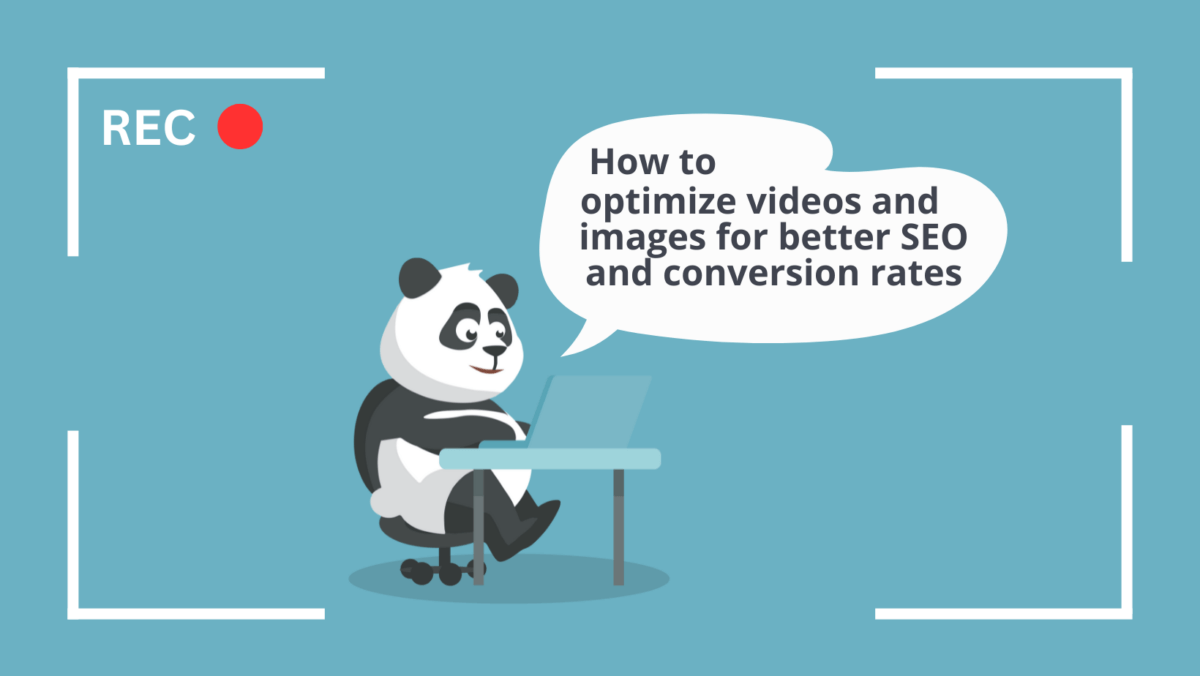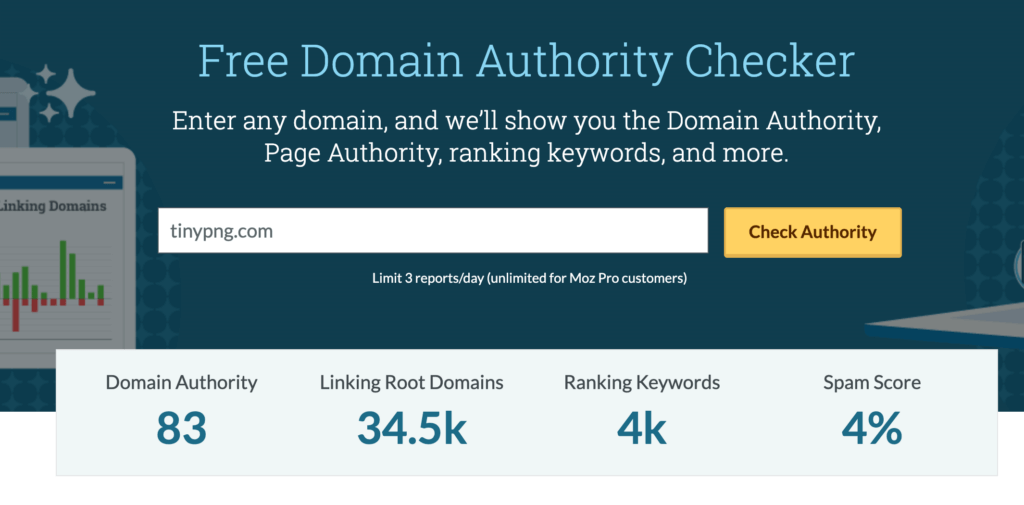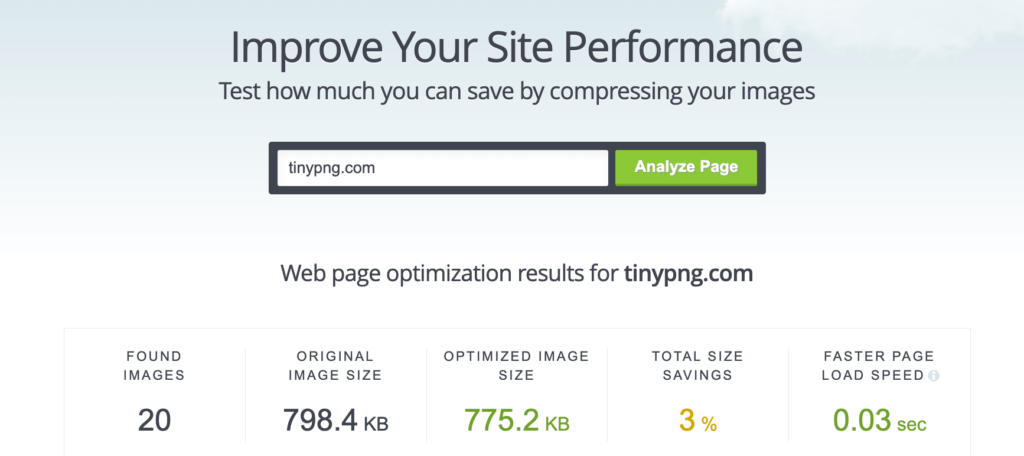How to optimize videos and images for better SEO traffic and conversion rates
This blog post was written in collaboration with VEED, a platform to help content creators easily create stunning videos, add subtitles, and grow their audiences.
In today’s digital landscape, where visual content reigns supreme, optimizing images and videos on your website is not just a matter of aesthetics – it’s crucial for improving SEO traffic and driving higher conversion rates. Visual content can captivate your audience and convey information more effectively than text alone. In this how-to guide, we’ll explore the strategies and techniques to optimize your images and videos, enhancing your website’s search engine visibility and user engagement.
By the end of this blog, you’ll know:
- Why visual content is king
- How to optimize images for SEO
- How to optimize videos for SEO
- How to boost your social sharing
Importance of visual content for SEO
Visual content plays a vital role in enhancing Search Engine Optimization strategies. Images, videos, infographics, and charts can improve user engagement compared to plain text. Provide high-quality visuals to keep your users on your site longer, as it helps reduce the bounce rate. Having a low bounce rate indicates relevant and valuable content to users. Integrating images and videos makes your content more engaging and helps convey complex messages quickly. They can improve page ranking, increase social sharing, diversify content types for those with different learning styles, and more.
Choosing the right media format: images vs. videos
The decision between images and videos depends on your content goals. Pictures are ideal for showcasing products, infographics, and conveying information succinctly. On the other hand, videos are powerful for storytelling, demonstrations, and building a personal connection with your audience. Many video editor tools in the market can help you create professional videos, like VEED, designed for content creators, social publishers, dank memers, and anyone who wants to get involved in making video content.
📷 How to optimize images for SEO
- Compressing images
High-resolution images are stunning, but they can slow down your website. Strike a balance by compressing images without sacrificing quality using tools like Adobe Photoshop, or online with Tinify.
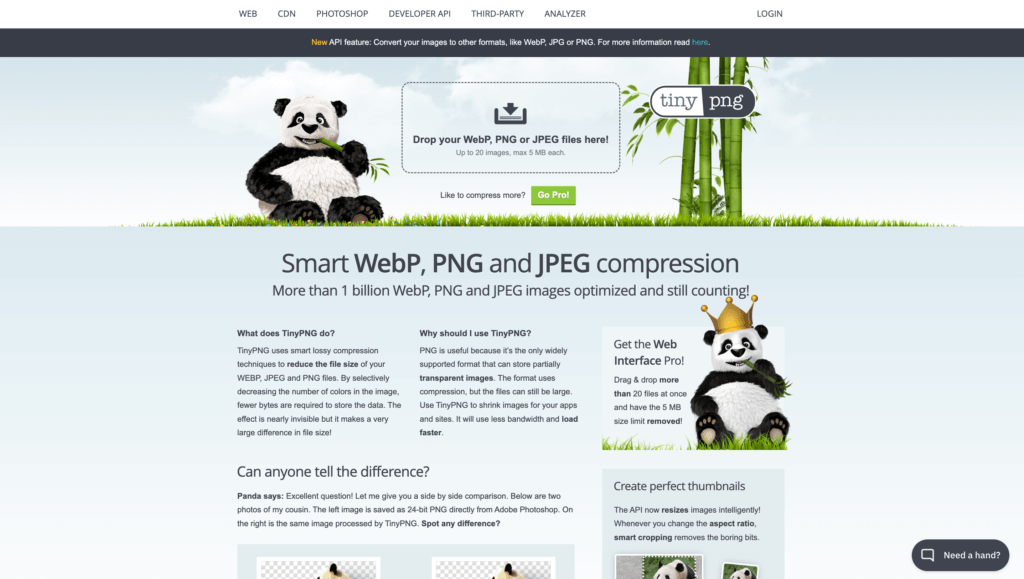
- Utilizing descriptive filenames and alt texts
Search engines rely on filenames and alt texts to understand image content. Be descriptive and include relevant keywords to enhance your images’ discoverability.
- Using appropriate file formats
For photos or images with abundant colors, use JPEG, and for those with transparency or text, use PNG. You can use SVG for icons and simple graphics.
- Implementing responsive design
Responsive design ensures your images adapt to different devices and screen sizes, improving user experience and SEO. Use CSS media queries to create a seamless transition between devices.
- Structured data markup for image SEO
Implement structured data markups such as Schema.org to provide search engines with context about your images, leading to improved rankings and helping your pages be more visible in organic search.
📹 How to optimize videos for SEO
- Hosting vs. embedding
Choosing between hosting videos on your site or embedding from platforms like YouTube affects loading speed and user experience. According to Pair Networks, hosting your videos is good; however, you need to have enough bandwidth for them to play. Using embedded videos is better because you don’t need much bandwidth since it’s hosted elsewhere.
- Optimizing page speed
Consider non-simultaneous loading or embedding videos so that they don’t delay page loading, which prevents slow page speeds.
- Creating video thumbnails
Thumbnails act as gateways to your videos. Create custom, relevant, visually compelling thumbnails that accurately represent your video content to boost click-through rates.
- Writing video titles and descriptions
Your video’s title and description should be captivating and keyword-rich. It improves SEO and gives viewers a clear idea of your video’s content.
- Harnessing video transcripts or captions
Transcripts and captions make your videos accessible and enable search engines to index their content. It can lead to higher search rankings and a broader audience reach. Since this can be time-consuming, you can use VEED’s transcription tool to save time.
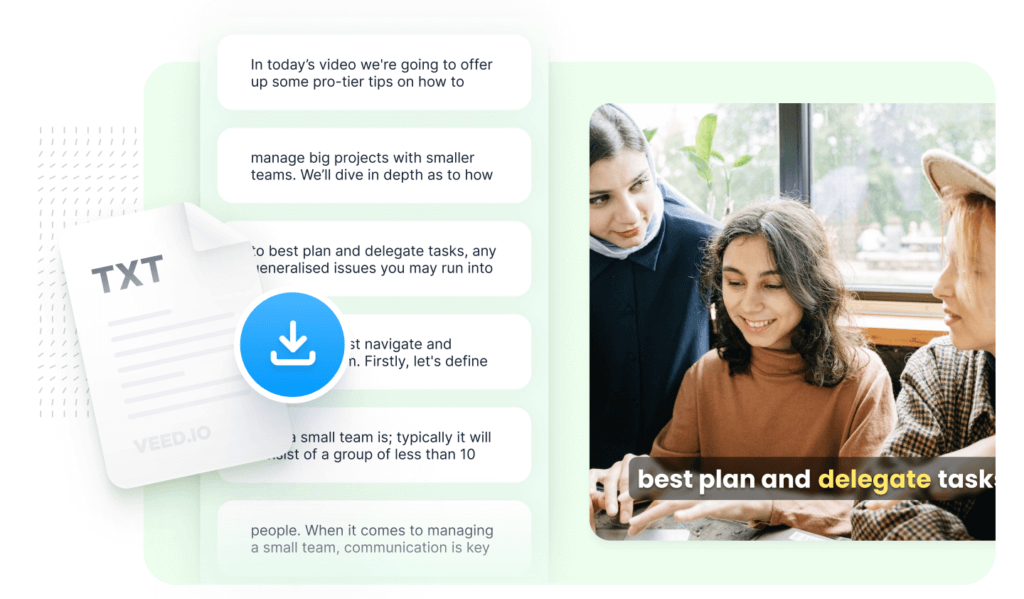
Mobile-Friendly Optimization for Visual Content
With the surge in smartphone and tablet usage, more users access online content through their mobile devices than ever before. With this, optimizing your visual content for mobile devices is very important today. Having mobile-friendly visuals ensures a seamless and enjoyable user experience. This means that the content loads faster and is easy to navigate, leading to higher user satisfaction and lower bounce rates. In addition, it is more likely to be shared across social media channels, enhancing the content’s reach and potential to go viral. Lastly, it helps you rank in search engine results pages (SERP) as it’s one of Google’s ranking factors.
Amplify UX for SEO and Conversion Rates
User experience goes beyond being creative. It encompasses the user’s usability, accessibility, design, and the emotional response generated during the interaction on the site. User behavior is essential for search engines to determine the site’s quality. When users quickly leave a website, it indicates poor user experience and can negatively affect your SEO rankings. Having slow-loading pages can also disappoint users and lead to higher bounce rates. You must aim for longer dwell times, which entails creating valuable content that sends positive signals to search engines and consequently improves rankings.
Aside from that, mobile responsiveness plays a big part in user experience and SEO. Websites must adapt to various screen sizes, providing a consistent user experience, which search engines reward with better rankings. Here are some factors you need to review for more vital UX:
- Website Layout
- Visual Design
- Content Quality
- Ease of Navigation
- Overall Website Functionality
📱Boost Your Social Sharing
Finally, distributing your content is key. Here are some tips on improving your social media presence with your visual content:
- Strengthen your visuals
Visual content is highly shareable and has the potential to go viral on different social platforms like Instagram and Facebook. Create visually appealing content that can tell a story and bring emotions to boost engagement. This video below guides you on how to create social media video content.
- Use open graph meta tags
Don’t forget to put open graph meta tags for your images and videos to make your content shareable, clickable, and noticeable. It can help increase your brand visibility through search.
- Integrate share buttons
Encourage users to share your visual content by integrating easy-to-use social media share buttons. It amplifies your reach and can drive more traffic to your website.
Conclusion
Optimizing images and videos for SEO is no longer optional – it’s a strategic necessity. You’ll build up your SEO, improve your user experience, and increase the likelihood of higher conversion rates. By implementing the tips in this guide, you can enhance your website’s visibility, engage your audience, and drive higher conversion rates.

If you want to get started with video content, try out VEED, a simple online video editor. If you want to trim, filter, rotate, crop, add text, draw, and more on your videos and need more time or the know-how, VEED is the tool designed precisely for you. We think video editing should be easy, simple, and accessible to all. It is designed for content creators, social publishers, dank memers, and anyone who wants to get involved in making video content. You just have to review video tools carefully, look for super easy tools to use, and give you the quality and all the features you need.

